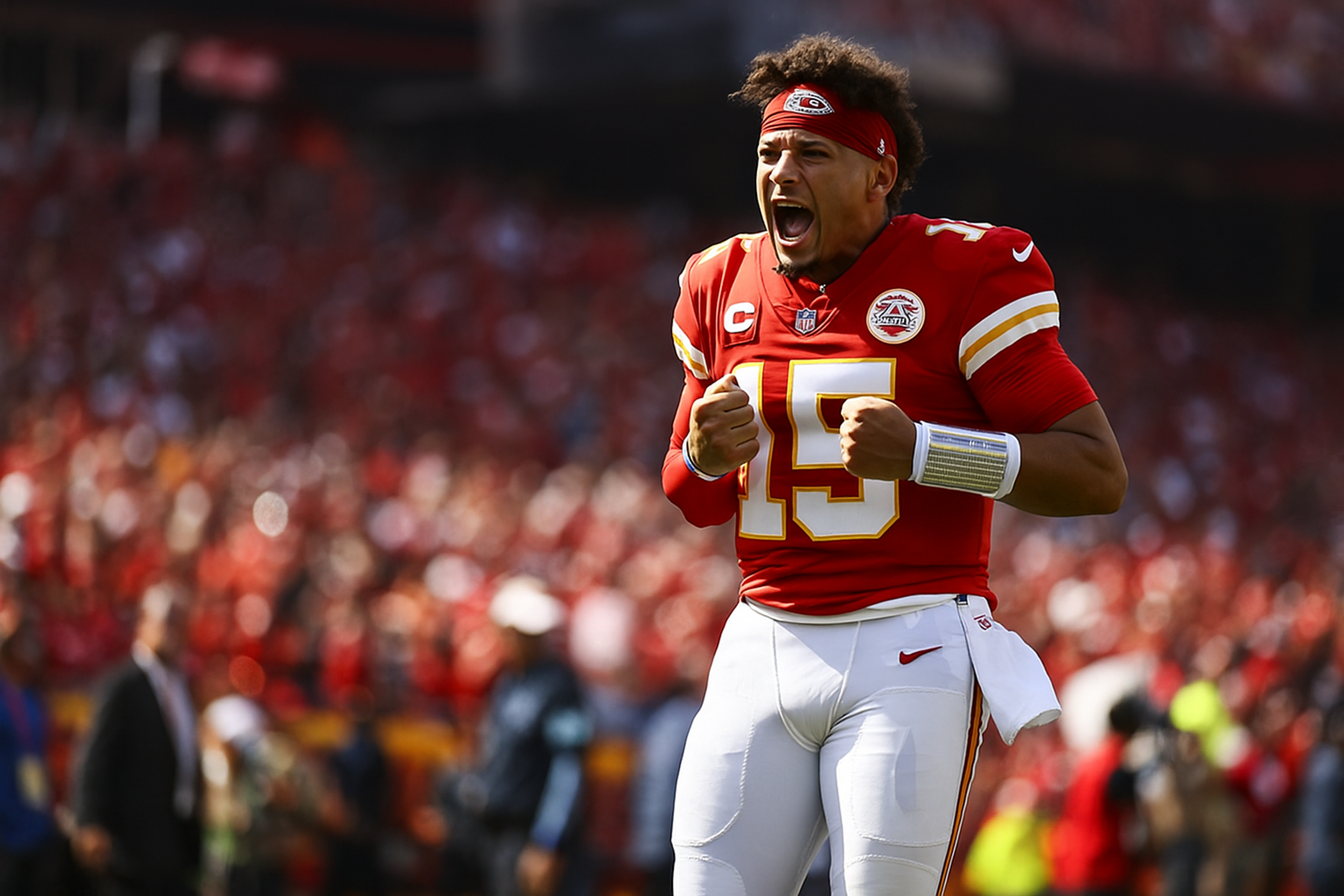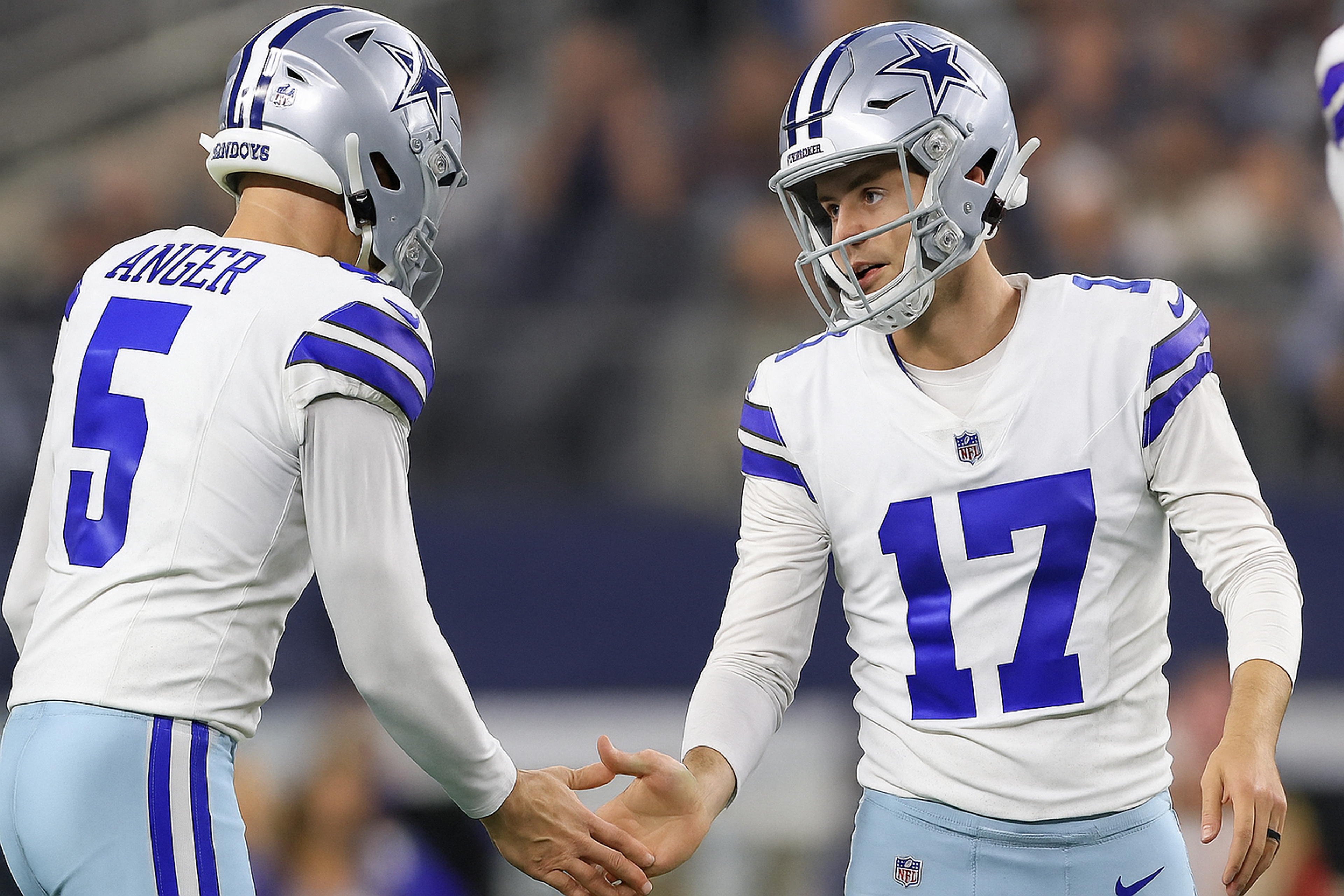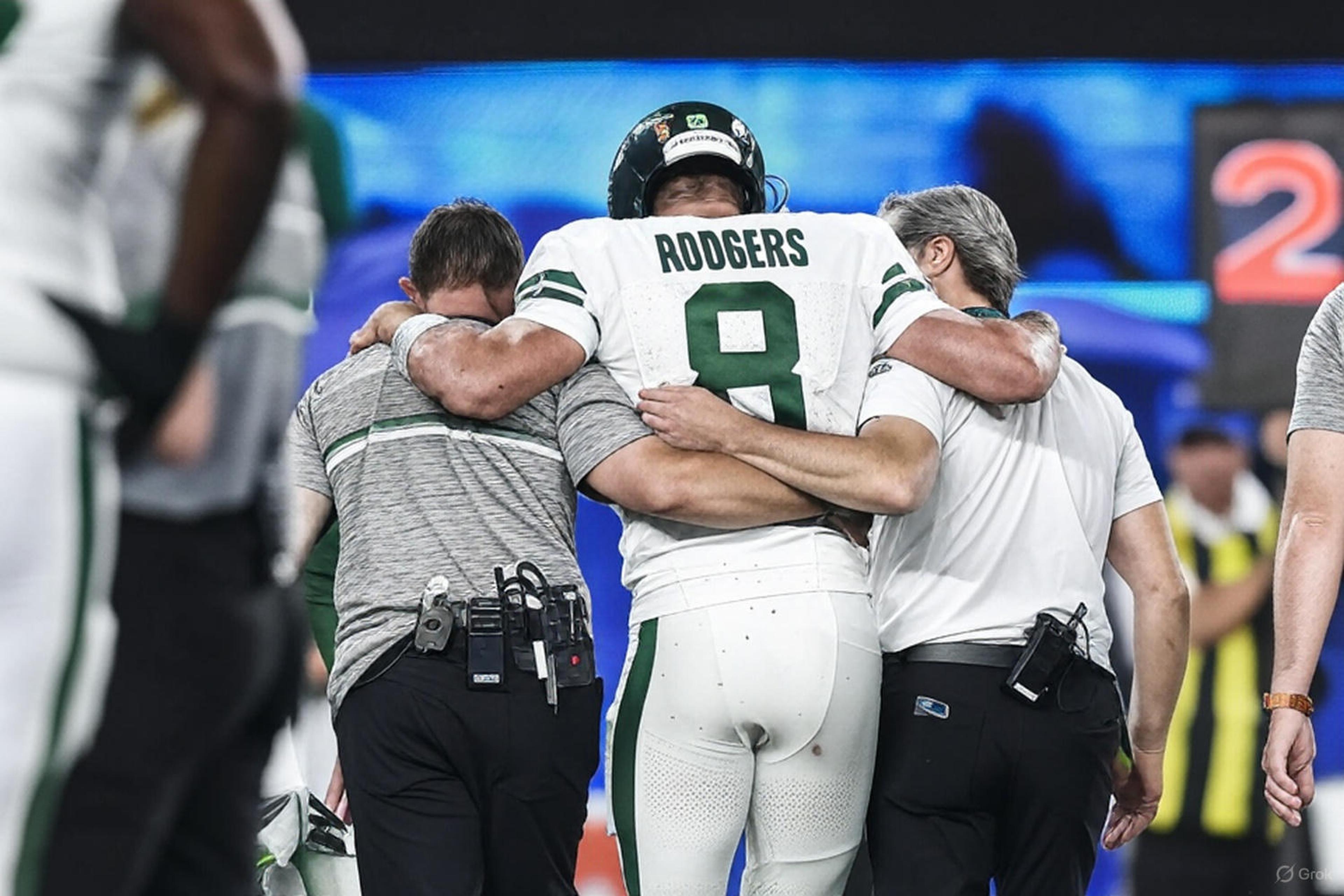What Happens When Markets Actually Get It Right


James White
Co-Founder of HotTakes
The Day I Learned Fading the Public Isn't a Religion
Week 14, 2023. Bills at Chiefs, Sunday night. The line opened at Kansas City -2.5 and 81% of public bets were hammering the Chiefs at home. My contrarian brain started salivating.
"This is textbook," I thought. "Public all over the popular home team, primetime game, everyone and their mother betting Patrick Mahomes. Time to fade the sheep and take Buffalo plus the points."
I put three units on Bills +2.5, feeling like the smartest guy in the room. Finally, I'd learned my lesson about following the crowd. I was betting against 81% of the public--clearly I was on the sharp side of this one.
Chiefs won 32-21, covering easily.
But here's what really hurt: I watched the game and realized Kansas City was just flat-out better. Buffalo's defense couldn't stop anyone. Mahomes was dealing. The Chiefs were at home in December with playoff positioning on the line. Every actual football reason pointed to Kansas City covering.
The market wasn't tricking anyone. The public wasn't wrong. I was wrong--because I'd turned "fade the public" into a mindless religion instead of a tool to be used in the right situations.
That $300 loss taught me something more valuable than any win: sometimes the obvious side is obvious because it's correct.
The Contrarian Cult: When Anti-Public Becomes Anti-Profit
Somewhere along the way, recreational bettors turned "fade the public" from a useful concept into an unbreakable commandment. The logic seemed bulletproof: casual bettors lose money, so betting against them must make money. Simple, right?
The contrarian mindset operates on these flawed assumptions:
"Public = Wrong": The belief that if most bettors are on one side, that side must be overvalued and the other side must have value.
"Popular Teams Are Always Overpriced": The assumption that Cowboys, Chiefs, Lakers, and Yankees are perpetually inflated by fanboy money.
****"Betting Percentages Tell the Whole Story"**: The idea that 75% public action automatically means the other side is sharp money.
"Underdogs Are Always Undervalued": The faith that taking plus-points against popular favorites is inherently +EV.
But here's the uncomfortable truth: the betting market is actually pretty efficient most of the time. When 80% of bettors are on one side, there's a decent chance that side is correctly priced--or even undervalued relative to its true win probability.
Why Markets Get It Right More Often Than Contrarians Admit
The modern sports betting market is sophisticated in ways that the "fade the public" crowd refuses to acknowledge. These aren't the pre-internet sportsbooks where unsophisticated oddsmakers got steamrolled by sharp syndicates.
What Makes Modern Markets Efficient:
1. Algorithmic Line-Setting
Books use advanced models that incorporate thousands of variables, historical data, and real-time information. Opening lines already price in most of what casual analysis can identify.
2. Instant Information Integration
Injury reports, weather changes, and lineup announcements get priced into lines within minutes. The "information edge" window that used to exist has largely closed.
3. Sharp Money Is Already Priced In
Professional bettors get their action in early, meaning most lines you see have already been adjusted by sharp money moving the market.
4. Multi-Book Price Competition
With dozens of legal sportsbooks competing, pricing inefficiencies get arbitraged away quickly. Soft numbers don't last long enough for casual bettors to exploit systematically.
5. Sophisticated Risk Management
Books use dynamic pricing, liability management, and bet-by-bet adjustments that make them much harder to beat than old-school betting markets.
The Reality: Most NFL and NBA sides are priced within 1-2% of their true win probability. That's not much room for error, and definitely not enough margin to profit from blindly fading popular sides.
The Three Situations Where the Market Nails It (And Contrarians Lose)
Situation 1: When Talent Gaps Are Obvious and Properly Priced
Sometimes the better team really is just better, and the line accurately reflects that reality.
The Contrarian Mistake: Seeing 78% public money on the Chiefs -7.5 and automatically taking the underdog because "the public is always wrong."
The Market Reality: Chiefs are 7.5-point favorites because they're legitimately 7.5 points better in this matchup. The public isn't wrong--they're correctly identifying the superior team.
Why Contrarians Lose: They assume every popular side is inflated by casual money, missing when talent gaps justify or even exceed the spread.
Real Example: 2024 season, 49ers as road favorites. Public consistently backed San Francisco in road spots, and the Niners consistently covered because they were actually that much better than their opponents. Contrarians lost money all season fading "obvious" public plays.
Situation 2: When Narrative and Reality Align
Not every media narrative is wrong. Sometimes the story everyone believes is accurate, and the line correctly prices it.
The Contrarian Mistake: Fading revenge games, playoff rematches, or "statement game" spots because they feel too obvious.
The Market Reality: Sometimes teams actually are motivated by recent history, and that motivation translates to on-field performance that justifies the line.
Why Contrarians Lose: They've been trained to distrust narratives so completely that they miss when storylines have genuine predictive value.
Real Example: Bengals-Ravens Week 10, 2024. Baltimore coming off a tough loss, Joe Burrow injured, public all over the Ravens. Contrarians took Cincinnati plus the points. Ravens demolished them 41-17 because the narrative was correct--Baltimore was the better team with something to prove.
Situation 3: When Market Consensus Reflects Sharp Agreement
Public and sharp money aren't always on opposite sides. When they agree, the line is probably very accurate.
The Contrarian Mistake: Assuming 75% public action means sharp money is on the other side, when actually both recreational and professional bettors see the same value.
The Market Reality: On certain games, the correct side is so obvious that both public and sharp money agree. These lines are often the most accurate of the week.
Why Contrarians Lose: They fade public action without checking whether sharp indicators also point the same direction.
Real Example: Bills-Dolphins Week 4, 2024. Buffalo -2.5 at home against Miami. Public hammered the Bills, but line didn't move because sharp money agreed. Bills won 48-20. The market had it right, and contrarians who faded the public got destroyed.
How to Tell When the Market Actually Has It Wrong
The key isn't avoiding contrarian plays--it's knowing when contrarian logic actually applies versus when you're fighting correct pricing.
Signs the Market Might Be Wrong:
1. Public Money Without Sharp Confirmation
When 75%+ of bets are on one side but the line moves the other direction, that's actual sharp money disagreeing with public consensus.
2. Recency Bias Overreactions
When lines move dramatically based on last week's results without accounting for opponent quality, situation, or regression to the mean.
3. Narrative-Driven Inflation
When media storylines (revenge games, playoff implications, coaching narratives) create betting action that exceeds actual predictive value.
4. Situational Spots Public Misses
When look-ahead situations, sandwich games, or schedule spots create edges that casual analysis doesn't price in.
5. Market Segment Inefficiencies
When certain bet types (totals, props, team totals) show clear public bias that hasn't been properly balanced by sharp action.
The Key Difference: The market is wrong when there's actual evidence of mispricing, not just because a lot of people are on one side.
The Balanced Approach: When to Fade and When to Follow
Smart betting isn't about always fading the public or always following the market--it's about understanding which situations create opportunities and which create traps.
When to Fade the Public:
Primetime Favorites Getting 70%+ Action
The primetime premium creates genuine public inflation on popular teams in national games.
Popular Teams in Obvious Spots
Cowboys, Lakers, Yankees in situations where casual bettors bet with emotion rather than analysis.
Overreactions to Recent Results
When public memory creates lines that don't reflect underlying team quality or matchup reality.
When to Trust the Market:
Obvious Mismatches
When talent gaps are clear and the line simply reflects superior team quality.
Both Public and Sharp Agree
When betting percentages and line movement confirm consensus view of the game.
Playoff Implications
When motivational factors genuinely affect performance and the market has priced this accurately.
Your Anti-Dogma Betting Framework
Step 1: Analyze the Game First
Before checking betting percentages, develop your own opinion on the matchup. What does your analysis suggest?
Step 2: Compare to Market Pricing
Now check the line. Does it align with your analysis or diverge significantly?
Step 3: Investigate Public/Sharp Action
Look at betting percentages and line movement. Is there a public-sharp split or consensus?
Step 4: Ask the Critical Question
"Is there actual evidence this line is wrong, or am I just assuming it's wrong because it's popular?"
Step 5: Bet Based on Edge, Not Ideology
If your analysis supports the popular side and the line is fair, don't fade it just to be contrarian. If your analysis finds legitimate mispricing, bet it regardless of public percentages.
The Bottom Line: Markets Are Pretty Good at Their Job
The uncomfortable reality for contrarian bettors is that betting markets are generally efficient at pricing football and basketball games. They're not perfect--no market is--but they're accurate enough that blindly betting against popular sides is a losing strategy.
The key insight: The market gets it right way more often than the "fade the public" crowd wants to admit. Sometimes the Chiefs are 7-point favorites because they should be 7-point favorites. Sometimes 80% of bettors are correct, not misguided sheep.
The winning approach: Stop fighting the market out of principle. Start identifying specific situations where genuine mispricing exists, whether that's with the public or against them.
The goal isn't to be contrarian. The goal is to be correct. Those are very different things.
Ready to stop betting on ideology and start betting on edge? Join the HotTakes community for analysis that follows value, not crowd sentiment. Download the app and learn when to fade--and when to follow.

